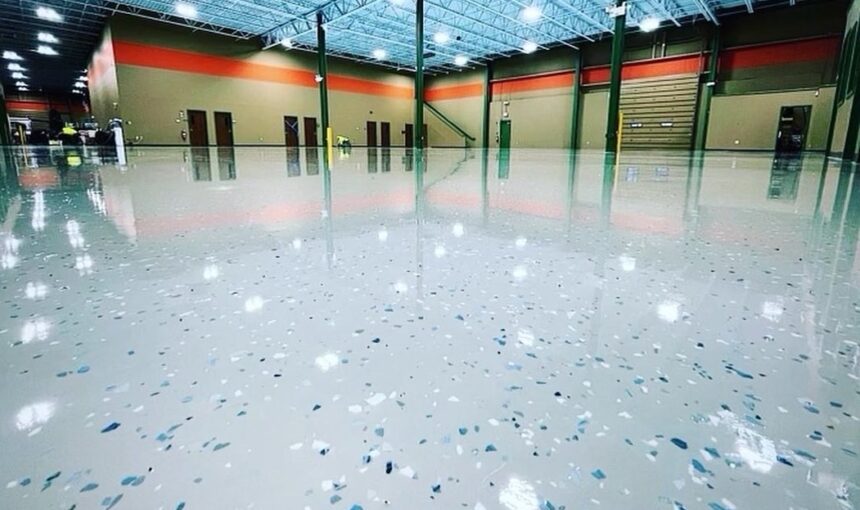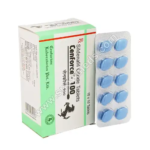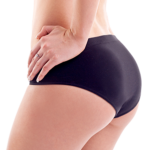Epoxy flooring is more than just a pretty face. It’s a powerhouse of durability, versatility, and beauty, making it a top choice for many. But what exactly is epoxy flooring? And how did it come to be such a staple in modern construction and design?
What is Epoxy Flooring?
Epoxy flooring is a surface made up of multiple layers of epoxy, a type of polymer that consists of resins and hardeners. When these two components are mixed, they form a hard, durable, plastic-like material that adheres exceptionally well to most base layers, providing a strong and resilient floor surface.
History and Evolution of Epoxy Flooring
The journey of epoxy flooring began in the early 20th century when epoxies were first developed for industrial purposes. Over time, the technology advanced, and its application extended to residential and commercial settings, offering an array of aesthetic and functional benefits.
Types of Epoxy Flooring
Epoxy flooring comes in various forms, each tailored to specific needs and environments.
Self-Leveling Epoxy Floors
This type of epoxy is designed to spread evenly across a surface, filling in cracks and imperfections to create a smooth, level finish. It’s ideal for areas where a seamless, polished look is desired.
Epoxy Mortar Floors
Epoxy mortar floors are the strongest of all epoxy floors, using graded sand and solids to create a highly durable surface. They’re perfect for industrial environments that require a floor that can withstand heavy loads and frequent impact.
Epoxy Terrazzo Floors
Epoxy terrazzo floors incorporate colorful chips of marble, granite, or glass into the epoxy to create intricate, artistic patterns. These floors are often seen in high-end commercial spaces and public buildings.
Benefits of Epoxy Flooring
Epoxy flooring isn’t just about looks—it’s packed with benefits that make it a top choice for a wide range of applications.
Durability and Longevity
Epoxy floors are known for their exceptional durability. They can withstand heavy traffic, impacts, and abrasions, making them suitable for both industrial and high-traffic commercial areas.
Aesthetic Appeal
Available in a variety of colors, patterns, and finishes, epoxy flooring can be customized to match any design vision. Whether you prefer a glossy, high-shine finish or a more understated matte look, there’s an epoxy floor to suit your style.
Easy Maintenance
One of the standout features of flooring is its low maintenance requirements. Its smooth, non-porous surface makes cleaning a breeze, and it doesn’t require the frequent upkeep that other flooring types might need.
Maintenance Tips for Epoxy Flooring
Maintaining epoxy flooring is straightforward, but following a few key tips can extend its lifespan.
Regular Cleaning
Regularly sweep and mop the floor to keep it free from dirt and debris. Using a mild detergent will help maintain its shine and prevent buildup.
Addressing Stains and Spills
Promptly clean up any spills to prevent staining. For tougher stains, a gentle scrubbing with a soft brush and mild cleaner usually does the trick.
Periodic Inspections and Repairs
Regularly inspect the floor for any signs of wear or damage. Addressing minor issues promptly can prevent more extensive repairs down the line.
Innovations in Epoxy Flooring
The world of flooring is always evolving with new trends and technologies.
Latest Trends
From metallic finishes to 3D effects, the latest trends in flooring can transform any space into a work of art.
Future Prospects
The future of epoxy flooring looks bright, with ongoing innovations aimed at improving its sustainability, durability, and aesthetic appeal.
Conclusion
Epoxy flooring offers a blend of durability, beauty, and functionality that few other flooring options can match. Whether for residential, commercial, or industrial use, it stands out as a versatile and cost-effective choice. By understanding its types, benefits, and installation process, you can make an informed decision that will enhance your space for years to come.







